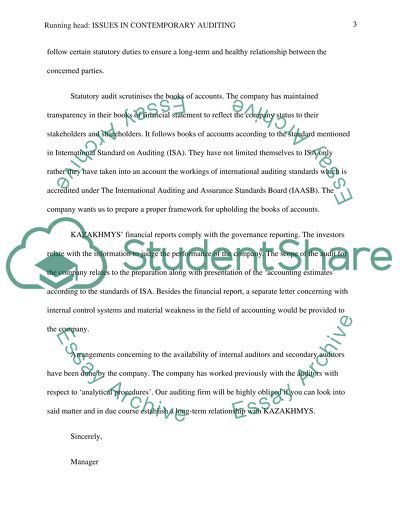Cite this document
(“Finance and accounting: contemporary auditing Essay”, n.d.)
Retrieved from https://studentshare.org/finance-accounting/1404137-issues-in-contemporary-auditing
Retrieved from https://studentshare.org/finance-accounting/1404137-issues-in-contemporary-auditing
(Finance and Accounting: Contemporary Auditing Essay)
https://studentshare.org/finance-accounting/1404137-issues-in-contemporary-auditing.
https://studentshare.org/finance-accounting/1404137-issues-in-contemporary-auditing.
“Finance and Accounting: Contemporary Auditing Essay”, n.d. https://studentshare.org/finance-accounting/1404137-issues-in-contemporary-auditing.


